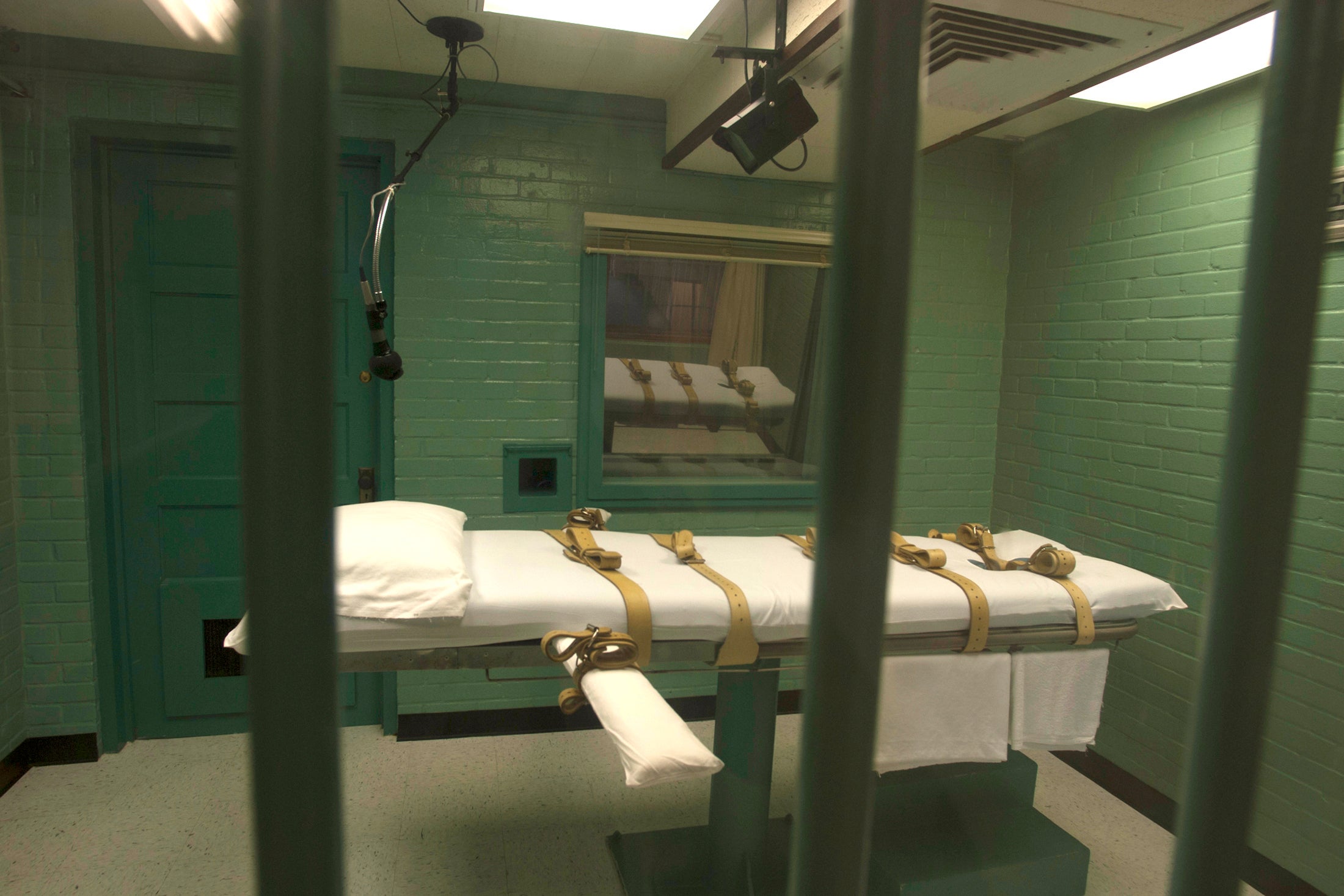Texas is at it again, once more thumbing its nose at the Supreme Court in a death penalty case.
Last Monday, the Supreme Court refused to hear an appeal from Terence Andrus, a prisoner on Texas’ death row. Two years ago, the court held that Andrus’ attorney had failed to present a mountain of mitigating evidence that could’ve saved his life. The court ruled that his counsel’s representation fell below the constitutional minimum and sent the case back to the Texas Court of Criminal Appeals with instructions to consider whether the mitigating evidence could have made a difference in the mind of at least one juror.
Yet instead of following the Supreme Court’s directive, the state court decided that Andrus’ lawyer hadn’t been that bad after all—just the opposite of what the Supreme Court had ruled—and upheld his death sentence. Naturally, Andrus went back to the Supreme Court, but the current court denied his petition. Justice Sonia Sotomayor wrote a stinging dissent, joined by Justices Stehen Breyer and Elena Kagan.
The petulance of the Texas court isn’t surprising. For the state court, ignoring the Supreme Court in death penalty cases is business as usual.
Along with my Cornell Law School colleagues John Blume and Sheri Johnson, I examined the judicial decisions for every person executed in the United States since the Supreme Court restarted the death penalty in 1976. That’s over 1,500 people. We were looking for the people who were “dead right,” meaning they were executed despite claims in their case that would render their execution unconstitutional today.
What we found shocked us. At least 228 people executed since executions resumed in 1976—more than 1 in every 7—were dead right. We published our results earlier this year in the Columbia Human Rights Law Review.
Some of these people were executed before the Supreme Court recognized the basis for their claim, like the 22 young people killed before the Supreme Court held that it violated the Eighth Amendment provision against cruel and unusual punishment to execute a child.
But most people on our list were executed after the Supreme Court had established the basis for their claim. Like in Andrus’ case, the lower courts simply turned a blind eye to Supreme Court precedent and the justices let them get away with it.
Texas is the worst offender.
In 1989, in Penry v. Lynaugh, the Supreme Court held that the Texas death penalty statute was unconstitutional because it did not allow the jury to respond to mitigating evidence. In most capital cases, the Texas statute asked the jury to answer two questions: Did the defendant act deliberately, and is the defendant likely to be dangerous in the future? If the jury said yes to both questions, a death sentence was automatic.
In Penry, the court held this was too narrow since a great deal of evidence is mitigating even though it might not call for a negative answer to either question—think of child abuse and neglect, or extreme poverty, even some forms of mental illness. After Penry, scores of death row inmates in Texas demonstrated that they too had presented evidence that would not have been appropriately considered under the Texas capital statute.
Yet for nearly two decades, the lower court rejected these claims and the Supreme Court refused to intervene. The Supreme Court allowed this resistance to go on until 2007, when it finally stepped in and told the lower court to clean up its act.
By that time, Texas had executed 95 people who should have had their death sentences overturned. And this is not just our judgment. In 2010, the Texas court admitted it had “completely misunderstood the scope and applicability of Penry for almost twenty years” and had been wrong “in virtually all of our Penry cases.”
To put this number in perspective, only three other states have executed more than 95 people in the entire modern era. In fact, in this category alone, Texas has executed more people than the combined total since 1976 of every execution in 18 states.
Texas’ resistance to Penry was not an outlier. In 2002, the Supreme Court held in Atkins v. Virginia that it was unconstitutional to execute the intellectually disabled. Rather than faithfully apply this decision, the Texas Court of Criminal Appeals narrowed it beyond recognition, just as it did to Penry.
Texas death row inmates complained about this perversion of the law for years but the Supreme Court refused to intervene until 2017, when eight justices held in Moore v. Texas that the test applied by the lower court violated Atkins. Yet even that wasn’t enough for Texas to get the memo. On remand in Moore, the state court—like it did in Andrus—again upheld Moore’s death sentence, prompting the Supreme Court to step in and do what it didn’t do last week: order the lower court to grant relief.
Between Atkins and Moore, Texas executed 13 people who should have won. Add that to the 95 Penry cases and you have 108 people who were killed despite a clear constitutional violation.
Texas’ failure to follow the law in Terence Andrus’ case is no anomaly. It’s what the Texas Court of Criminal Appeals does. And it’ll keep doing it until the Supreme Court makes it stop.
